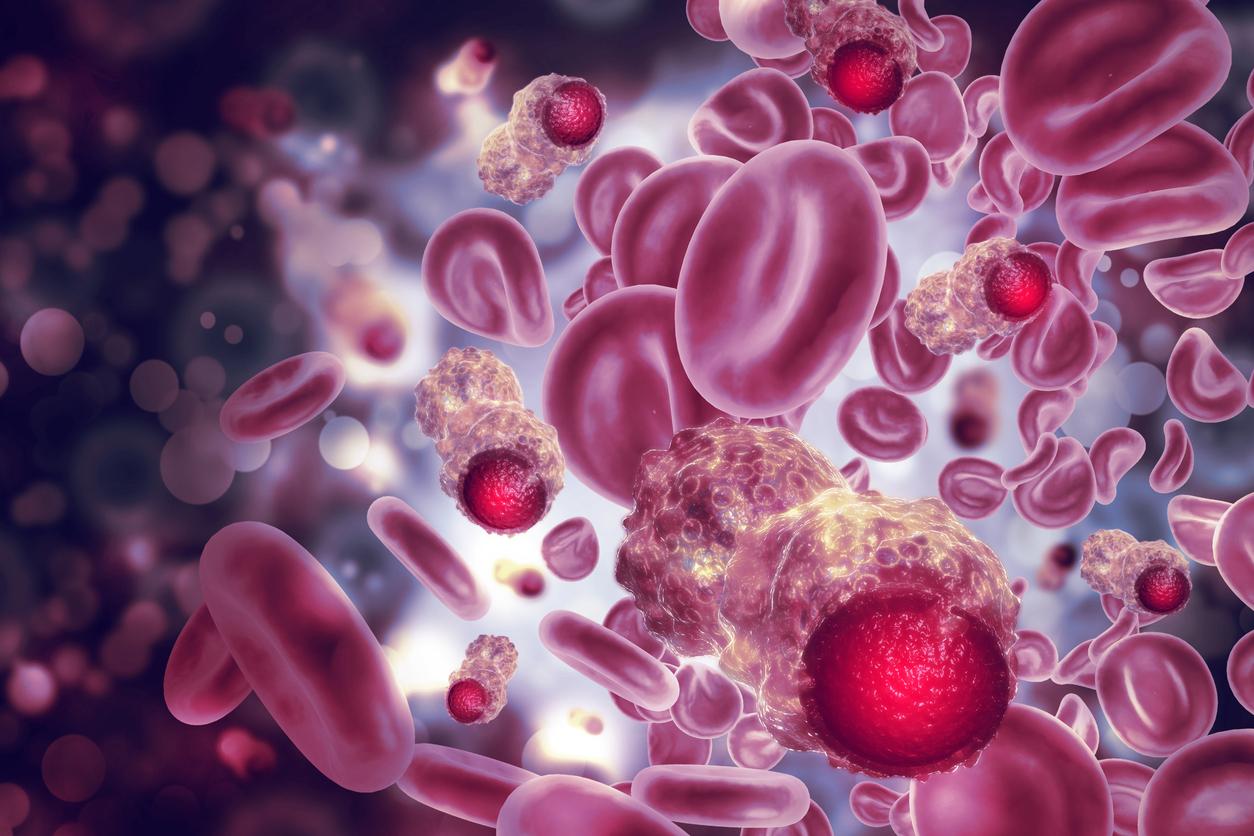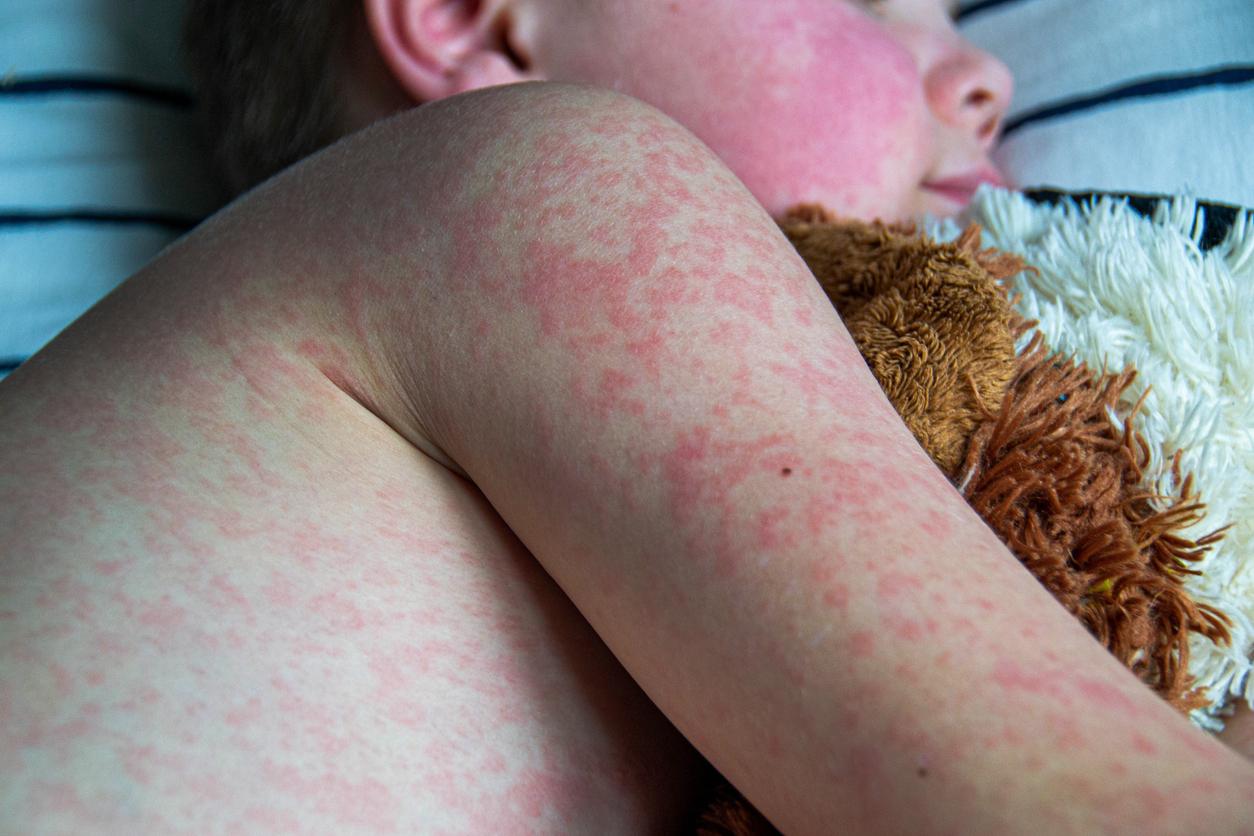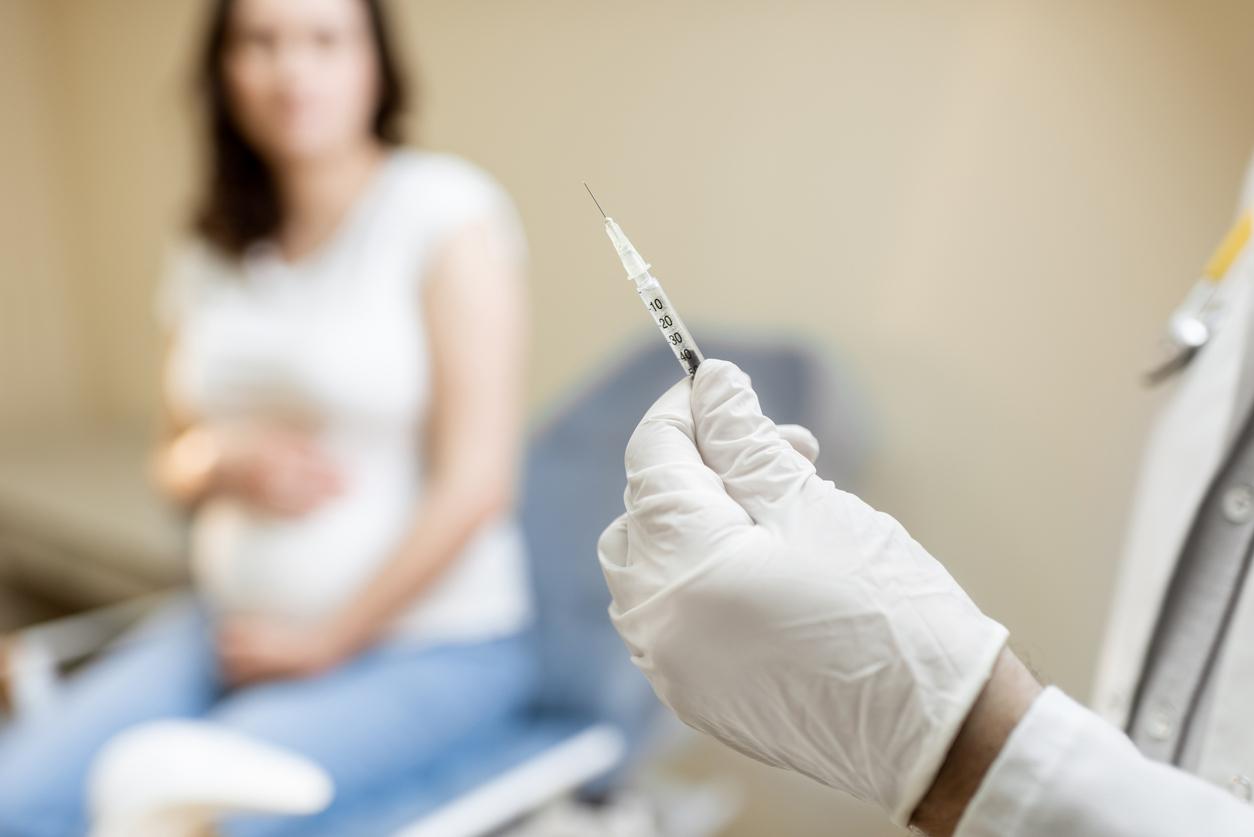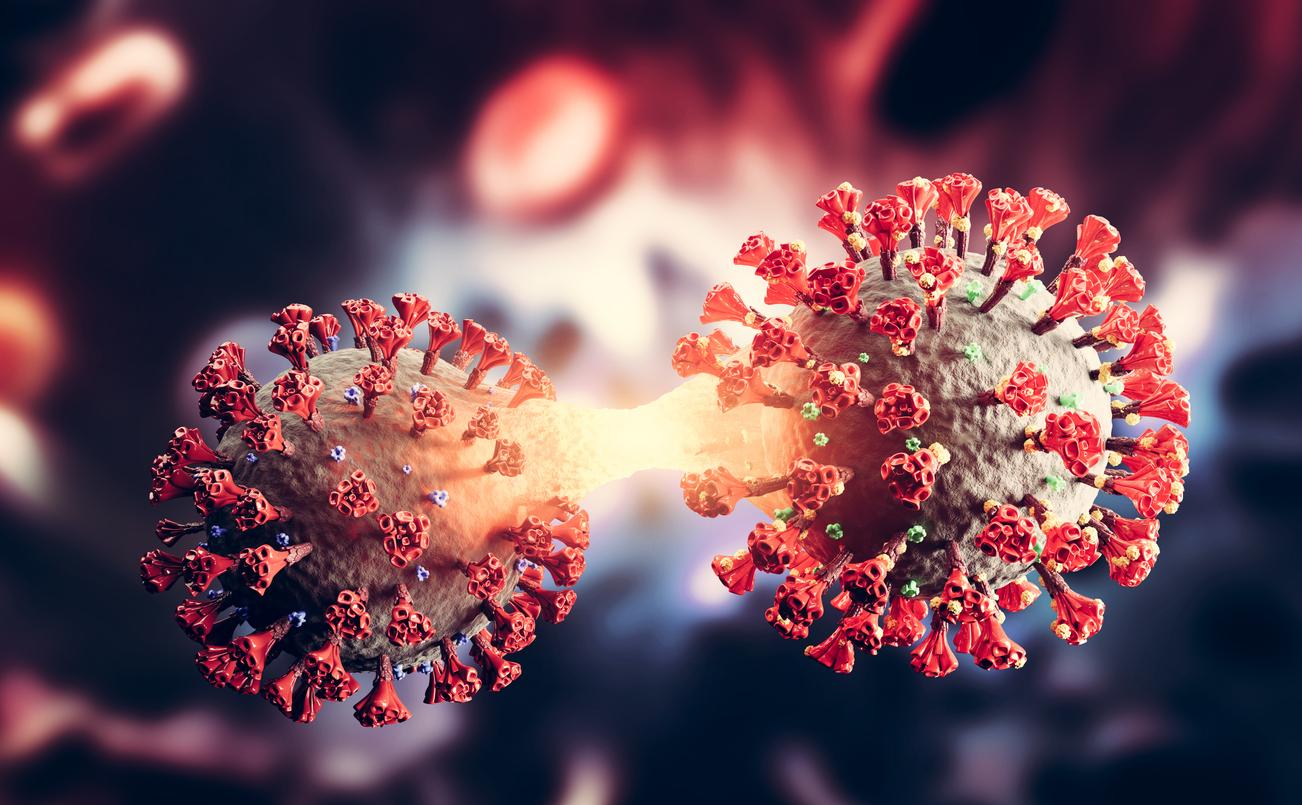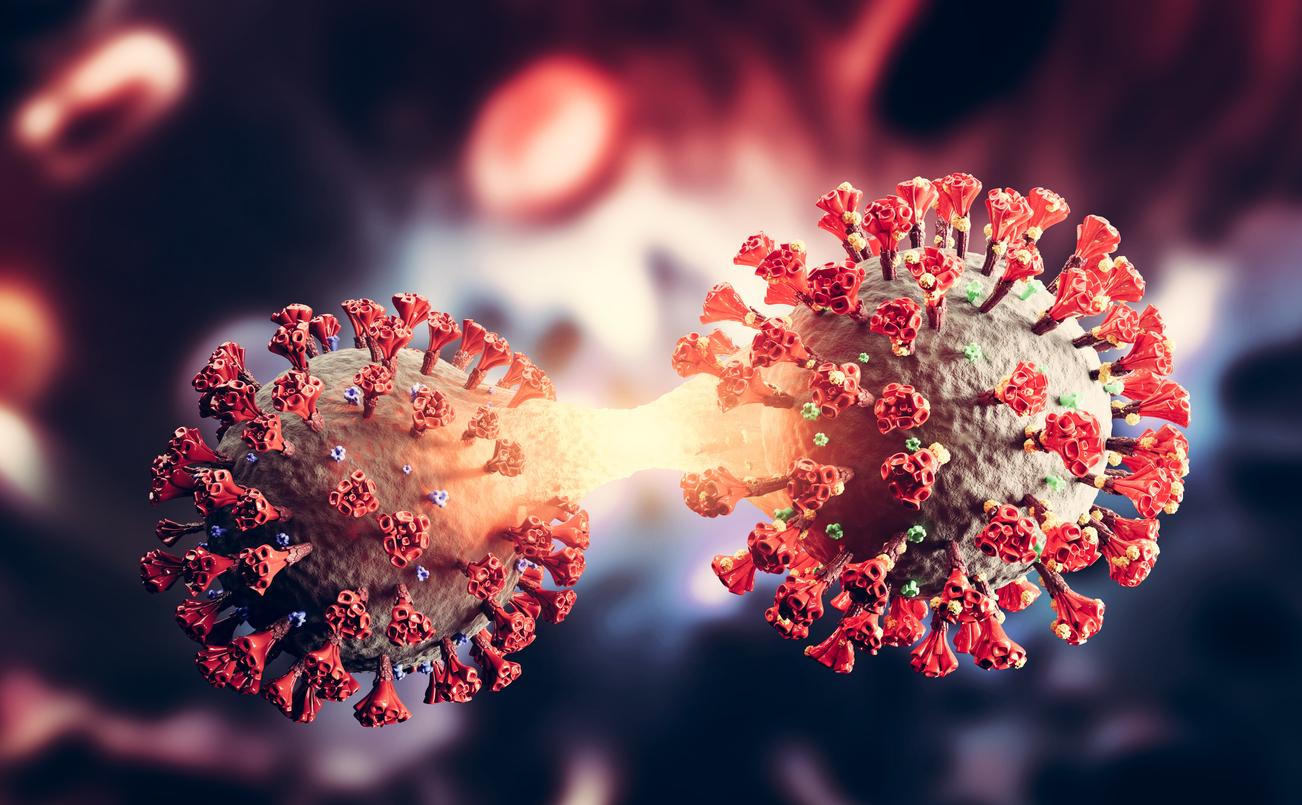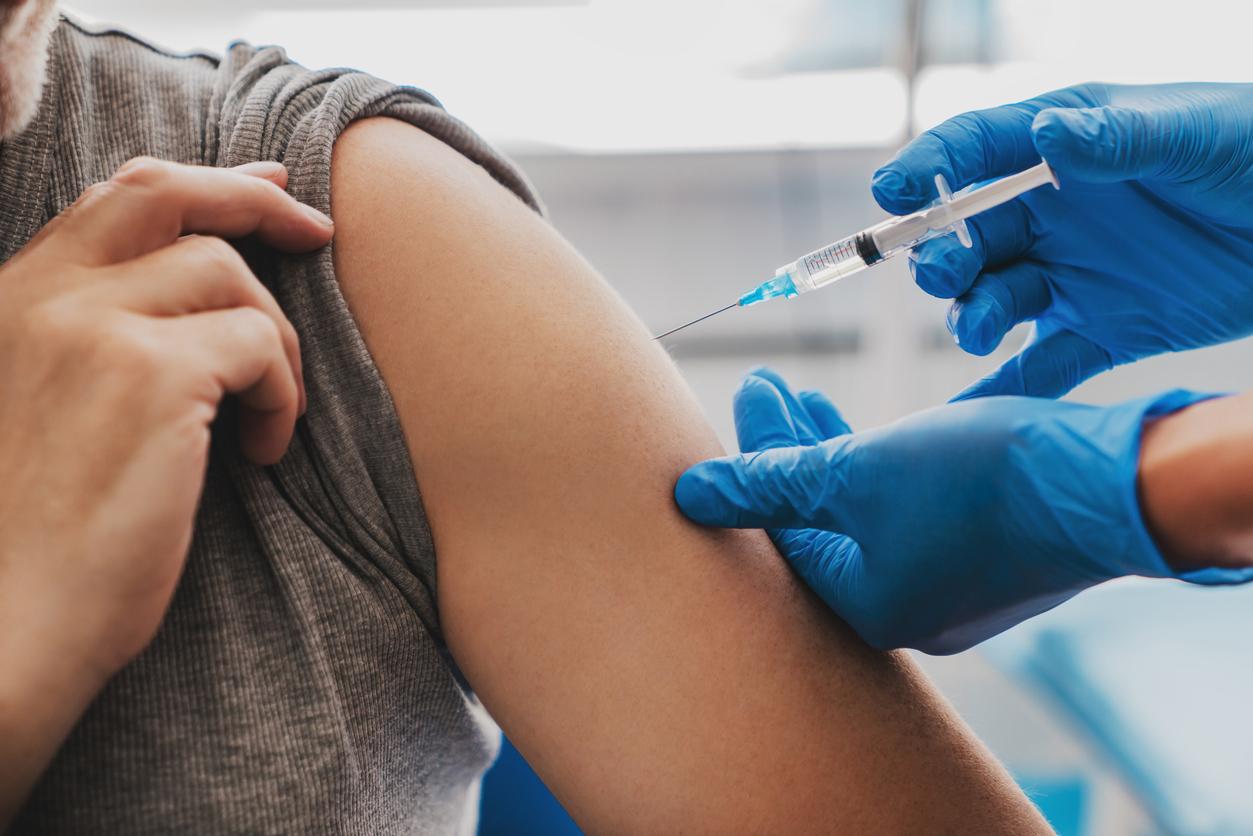According to projections, to achieve herd immunity in the UK, it would theoretically be necessary to vaccinate 93% of the population, including children. An insurmountable challenge both due to the lack of sufficient doses and the reluctance of part of the population to be vaccinated.
-1611333255.jpg)
- Collective immunity is inaccessible to fight against Covid-19.
- To take the example of the United Kingdom, it would be necessary to succeed in vaccinating 93% of the population to hope to reach it.
- This would be impossible both in terms of the doses available and of acceptance by citizens, who may be reluctant to be vaccinated.
Even with a vaccine, herd immunity will be very difficult, if not inaccessible. In a new study from the University of East Anglia (UK), researchers modeled the effectiveness of UK-wide vaccination programs using Oxford and Pfizer vaccines, taking into account the new highly transmissible variant of Covid19.
The only way to achieve herd immunity for the UK, they say, would be to vaccinate almost everyone, including children, with the Pfizer vaccine deemed the most effective. Likewise, the study recommends that all healthcare professionals and social service workers receive the 95% effective Pfizer/Moderna vaccines to prevent asymptomatic spread to patients and vulnerable people.
Vaccinate almost the entire population
In order to make the most realistic projection possible, the researchers used mathematical models of Covid-19 transmission and vaccine effectiveness to predict how well the Oxford and Pfizer vaccines will work to bring the number down. R, virus circulation indicator. This effective R is important data for knowing the spread of a virus and achieving herd immunity. If it is greater than 1, it means that the virus is expanding and that the cases of contamination are multiplying; conversely, if the R is less than 1, this means that the virus infects very few people, a sign that its spread is under control.
In their first projection, 93% of the population had to be vaccinated with the Oxford vaccine to sustainably lower the R below 1. With Pfizer’s vaccine, it would only take 69% of the population to achieve the same result. However, taking into account the new English variant of Covid-19, which is more transmissible than the “classic” strains, the researchers found that vaccinating the entire population with the Oxford vaccine would only reduce the R value to 1.325. . In contrast, the Pfizer vaccine would require 82% of the population to be vaccinated to control the spread of the new variant.
“The Oxford vaccine reduces the incidence of serious disease to a greater extent than it reduces symptomatic disease, which is still common in those who have received this vaccine, says Alastair Grant, a professor at the University of East Anglia’s School of Environmental Sciences. Its efficacy against the incidence of asymptomatic infections is lower, reducing its efficacy against all infections from 70.4% to 52.5% for pooled data. This means that its overall protection against infection is only partial, around 50%. Although asymptomatic cases are less infectious, including them in our calculations still increases the R values by 20% or more, from 1.33 to 1.6 for the new variant with 100% vaccination.”
Inaccessible immunity
Such immunity would be complicated to achieve for several reasons. First, because it seems complicated to vaccinate the entire country, because the number of doses currently available is not sufficient to guarantee everyone to have the right number of doses. In addition, the measure must be adopted by the entire population to be truly effective, which may seem complicated in view of the skepticism of some people vis-à-vis vaccines in general, and that against Covid-19. specifically.
“This combination of relatively low efficacy and limited effect on asymptomatic infections means that the Oxford vaccine cannot get us to herd immunity, even if the whole population is immune.analyzes Alastair Grant. Vaccination of 82% of the population with the Pfizer vaccine would control the spread of the virus, but it is not authorized for children under 16, who represent 19% of the population. In addition, some people will refuse the vaccine, which will probably make it impossible to reach an 82% vaccination rate. In the absence of vaccination, herd immunity would not occur until 89% of the population had been infected with the virus.”
.









